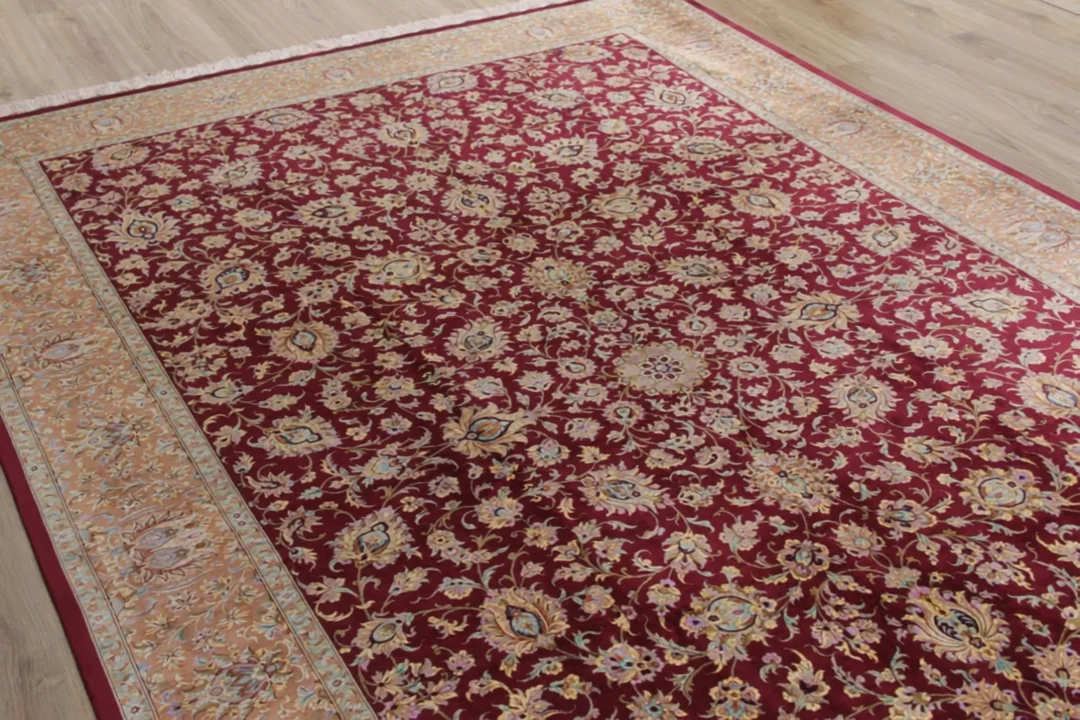Industry average figures are used as an example — you can adjust the initial values as needed.
ROI = 635%,
profit
$48 828 180, 61.04%
per year in broad strokes
and that’s with all multipliers conservatively halved
Estimated total project cost of videos: $ — all at the high-end VIRAL-video tier.
Final costs can be lower by adjusting the length and production complexity of the AI-generated videos.
How did we calculate this? — A full breakdown is available for those interested:
Average production cost per video: $89 — we’re using the upper estimate, total cost = $
New annual sales volume = Current number of sales (annual sales volume / average order value) × conversion rate uplift from Google research (conservatively halved: 80% / 2) = (80000000 / 19000) + 40% = 5895
New average order value = Current average order value + 15% (halved from the 30% uplift according to Fireworks data) =
19000 + 15% = $
New sales volume = New number of sales × New average order value = 21660 × 5895 = $127685700, difference from current: $47685700, 59.61%.
Now let’s calculate the savings on returns. New return rate = Current return rate, reduced by 4.5% (Eko reports a 9% reduction, but we’re using a conservative estimate by halving the coefficient and rounding down the fractional part) = 9 - 4.5% = 8.595%
Next, we take the operational cost for processing one return as a constant — $10, and calculate how many returns there would be with the increased sales volume but at the previous return rate, in units: (New number of sales × Current return rate) = (5895 × (9 / 100)) = 531 units.
Same calculation, but in monetary terms: number of returns (at the old rate, with increased turnover) × New average order value = 531 × 21850 = $11602350.
Next, let’s calculate the possible returns for the increased turnover, but now using the reduced return rate: New number of sales × New return rate = (5895 × (8.59 / 100)) = 507 units.
Same calculation, but in monetary terms: number of returns at the new rate (with increased turnover) × New average order value = 507 × 21850 = $11077950.
Now, let’s calculate the savings on returns as the absence of the need to process the difference in returns at $10 each, plus the difference in values between the returns at the old and new rates: ((531 - 507) × $10) + (531 - 507) = Total savings on returns = $642350.
Total net profit in the first year amounts to: Increase in sales compared to the current level + Savings on returns - Project costs =
47685700 + 1932480 - 790000 = $48 828 180 in the first year, which corresponds to a +61.04% increase in sales.
Calculating ROI: (Increase in sales + Savings on returns) / Project costs = (47685700 + 642350) / 7790000 × 100% = 635%
"As much math as there is in business, that’s how much profit there is". Roman Abramovich.
In addition to the mathematical calculations, there are clear intangible benefits that cannot be quantified directly. These include a positive effect in the form of a 15–20% increase in organic traffic (SEO), enhanced promotion on marketplaces (products with video content receive, on average, 20% more clicks), and a 40% boost in content virality on social media platforms — all of which will again drive increased website visits and, consequently, higher sales.
There’s also a scale effect: with just 100 videos for a catalog of 200,000 items, you won’t notice any significant changes.
Need to act more boldly.
All figures above are merely models and do not constitute an offer or guarantee—the real market, with its competitive factors, is endlessly variable and complex for predictive analysis. However, we believe in what we do, which is why we are ready to work for results, taking only a small percentage of the incremental revenue growth for the items for which we create videos free of charge.
What do you think of this approach?

